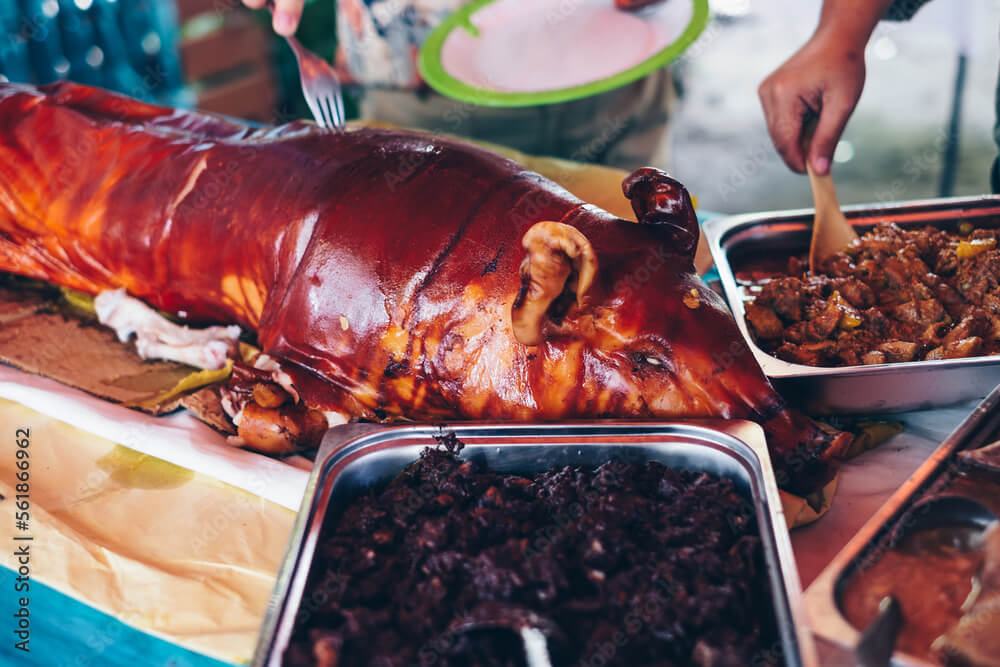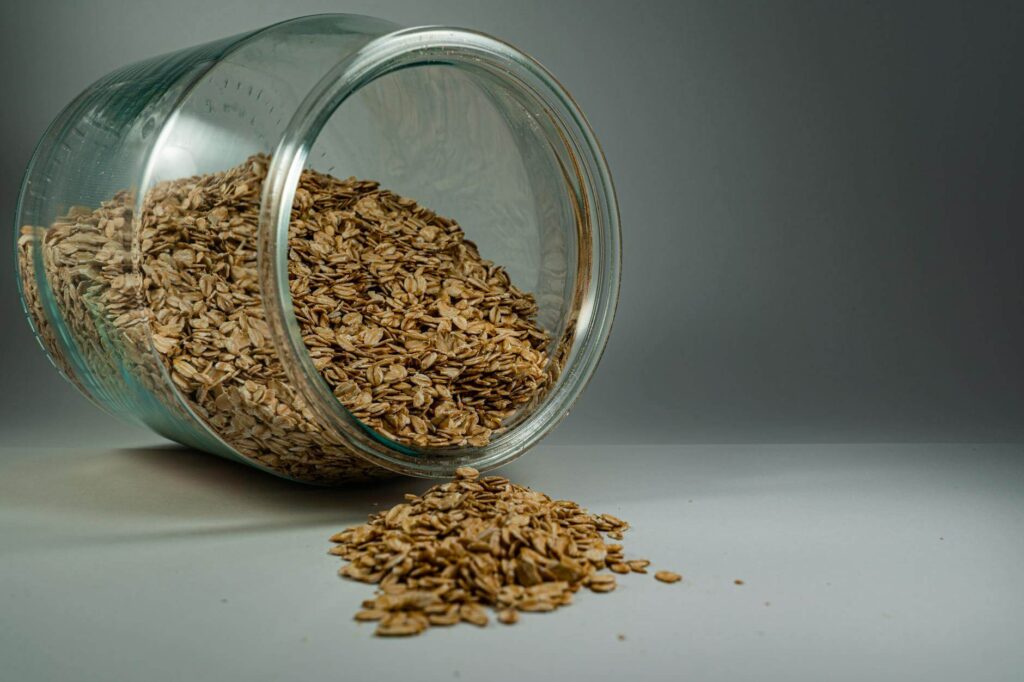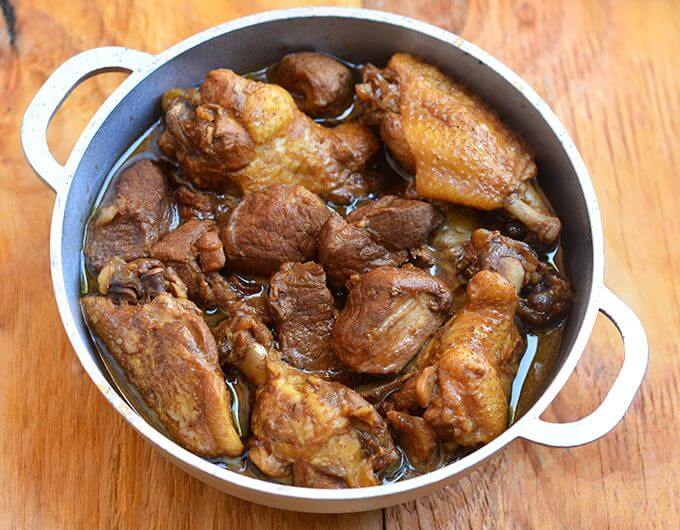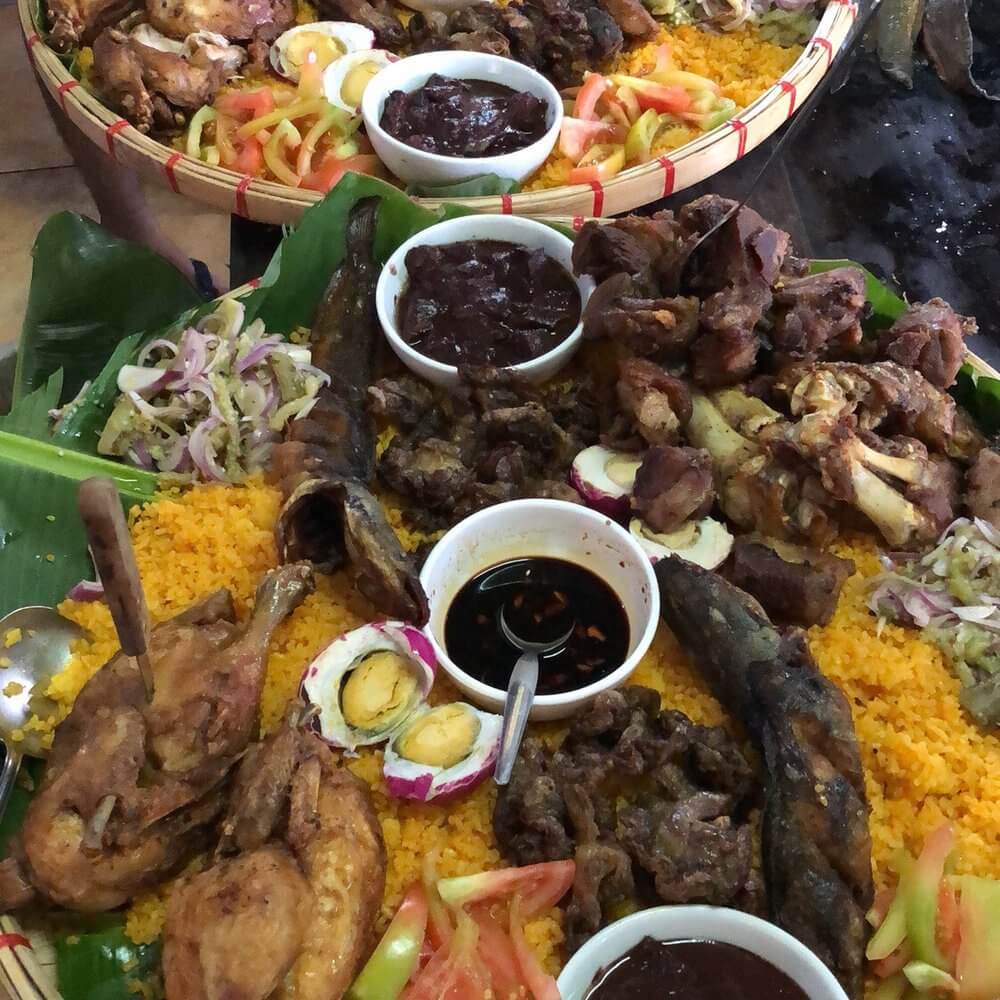Filipino Culinary Journey
Embarking on a whimsical journey through Filipino cuisine, one cannot help but admire the fascinating evolution and eclectic influences that have shaped the delightful world of Filipino culinary delights.
Evolution of Filipino Cuisine
The evolution of Filipino cuisine is a flavorful tale that traces its roots back to its Malay origins and weaves in a rich tapestry of influences from Spanish, Chinese, Arab, Hindu, American, and other Asian cultures. Filipino cuisine is a reflection of the dynamic nature of Filipino history, culture, and environment, constantly evolving and adapting to global influences (Shef).
Influences on Filipino Cooking
The influences on Filipino cooking are as diverse and vibrant as a fiesta celebration. Traders and immigrants have left their culinary imprints, with Chinese merchants introducing condiments like soy sauce and fish sauce, along with cooking techniques such as stir-frying, while American influences brought forth fast food, canned meats, and various cooking technologies to the Philippines (Shef).
Rice, a staple in Filipino cuisine, symbolizes prosperity and wealth, gracing every meal with its presence. Adobo, a cornerstone of Philippine cuisine, predates Spanish colonization and features stewed meat cooked with vinegar. This iconic dish comes in various forms, from chicken to pork, offering a tantalizing blend of flavors that intensify with time (Serious Eats).
Participating in Filipino gatherings and savoring dishes like turon signifies more than just a culinary experience; it embodies an open invitation to the table, embracing the spirit of potluck where love and acceptance transcend culinary skills or experiences (Cambio & Co.). The symphony of flavors, textures, and cultural influences found in Filipino cuisine is a testament to the vibrant and diverse culinary landscape of the Philippines.

Photo by Adobe Stock
Popular Filipino Dishes
Embark on a flavorful journey through some of the most beloved and iconic traditional Filipino dishes, where each bite tells a story of cultural fusion and culinary creativity.
Iconic Filipino Recipes
Lumpia: A delightful deep-fried spring roll, showcasing the Chinese influence in Filipino cuisine. This crispy and savory treat is a favorite among locals and visitors alike, offering a burst of flavors in every bite.
Sisig: A spicy and sizzling meat dish featuring pig head and liver marinated in vinegar and calamansi juice. This dish reflects the Spanish influence on Filipino culinary traditions, adding a zesty and robust flavor profile to the dining experience.
Chicken Adobo: One of the most well-known Filipino dishes with Spanish roots, Chicken Adobo is a tantalizing blend of chicken slow-cooked in a medley of vinegar, garlic, soy sauce, and black pepper. The resulting flavor is a harmonious balance of sweet, savory, and tangy notes that will leave you craving for more.
Kare-Kare: A traditional Filipino stew featuring oxtail, vegetables, and a rich peanut sauce. This delectable dish predates Spanish influence in the Philippines and is cherished as a Filipino comfort food. The creamy peanut sauce paired with tender oxtail creates a symphony of flavors that warms the heart and soul.
Regional Varieties and Twists
Dive into the diverse tapestry of Filipino food specialties with regional variations and unique twists that cater to a wide range of taste preferences across the archipelago.
- Adobo: A cornerstone of Philippine cuisine, Adobo is a timeless classic that has evolved over centuries. Existing prior to Spanish colonization, Adobo features stewed meat cooked with vinegar. This versatile dish can be prepared with chicken, pork, fish, shrimp, or lamb, and is infused with a symphony of flavors from soy sauce, garlic, and spices. Whether enjoyed dry or with a luscious sauce incorporating coconut milk or turmeric, Adobo is a culinary masterpiece that gets better with time, thanks to the vinegar acting as a natural preservative (Serious Eats).
From the vibrant streets of Manila to the tranquil provinces of Visayas and Mindanao, Filipino cuisine embraces a myriad of influences and ingredients that have shaped its gastronomic landscape. Explore the beauty of indigenous Filipino ingredients harmoniously blended with colonial legacies to create a culinary heritage that is as diverse as it is delicious.
Share this post: on Twitter on Facebook



